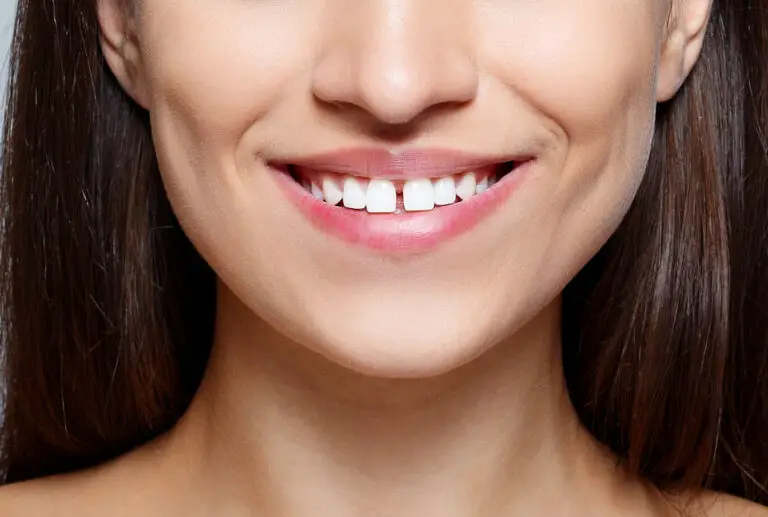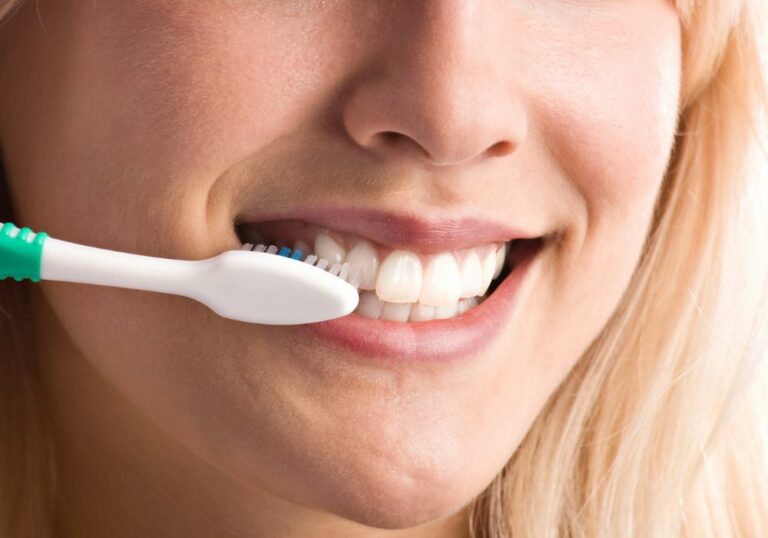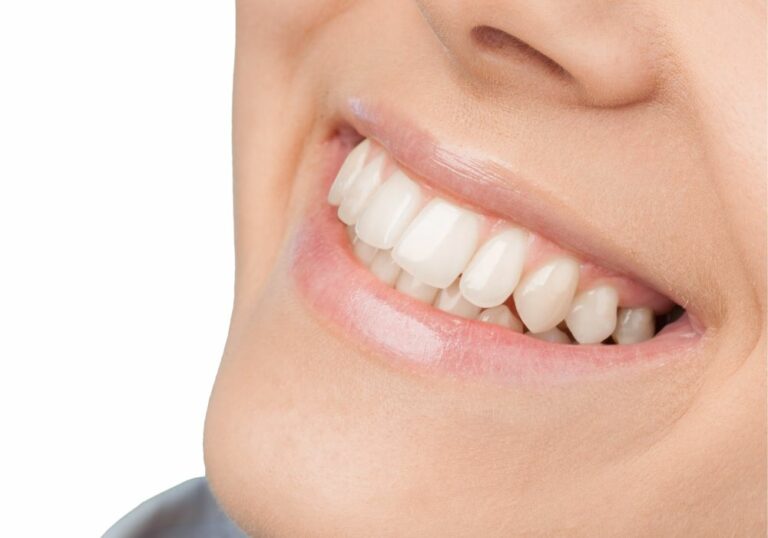Dental insurance helps millions of people in the United States receive affordable dental care. In fact, a recent study shows that 88% of the U.S. population carries dental insurance. The average person receives dental insurance through an employer-sponsored plan.
If you’re new to receiving dental insurance, you probably have questions about what your plan will cover. After all, it’s not ideal to receive a dental procedure and find out you have to pay the total cost. This guide will help you understand what dental insurance typically covers. However, not all dental plans are the same.
Most Insurers Cover Preventative Care Services

Again, not all dental insurers provide similar coverage. However, most dental insurance providers pay for preventative care services, such as X-rays, checkups, and cleanings.
Your insurance provider may cover a percentage of other dental services, depending on whether they’re major or minor. These percentages are based on the popular 100-80-50 approach:
- 100% coverage for preventative dental care
- 80% coverage for basic dental care
- 50% coverage for restorative dental care
In the next section, we’ll discuss what types of procedures fall under each category.
How are Dental Procedures Classified by Insurers?
To determine your coverage, insurers will classify dental procedures into specific categories. Here is what each category entails:
- Preventative dental care: This is dental care designed to help prevent diseases. It includes oral checkups, X-rays, cleanings, and sealants.
- Basic dental care: Basic dental care aims to treat current damage to your teeth. This category includes simple extractions, fillings, gum disease treatment, and root canals.
- Restorative dental care: Also known as major dental care, this category requires extensive dental procedures. These include crowns, implants, bridges, dentures, and oral surgery.
No matter how your dental procedure is classified, you won’t be charged higher rates based on pre-existing conditions. For example, a person living with CMT1 will pay the same for dental care as everyone else.
Does Dental Insurance Cover Invisalign or Braces?

Typically, individual or family dental plans don’t cover Invisalign and braces. These are considered orthodontics and may be covered by a group dental plan you can buy from your employer.
However, with group family plans, your employer must elect to make this coverage available for policyholders and their dependents. In addition, this coverage may only be available for children under 18 years of age.
Does Dental Insurance Cover Cosmetic Procedures
Teeth whitening, bonding, and veneers are cosmetic dental services that aim to improve the appearance of teeth. As a result, insurance providers don’t consider them a medical necessity.
This means that cosmetic procedures aren’t usually covered by standard dental insurance plans. Nonetheless, it’s best to consult your policy’s conditions to confirm.
Endnote
Ultimately, dental insurance is designed to offer policyholders preventative, basic, and major dental care services. A general rule is that dental insurance covers procedures necessary to improve your oral health. Be sure to consult your dentist and insurance provider about the types of procedures they’re willing to cover.







